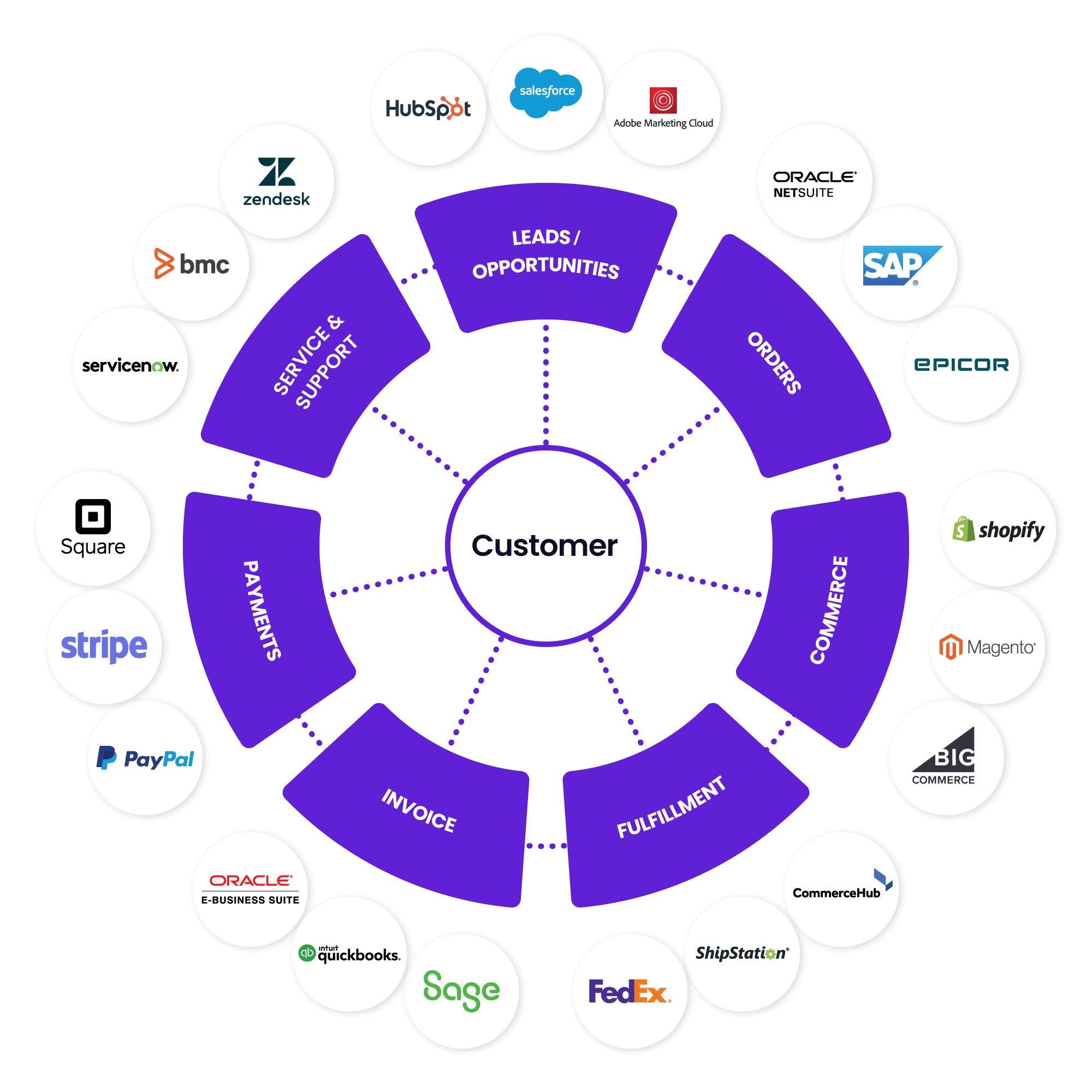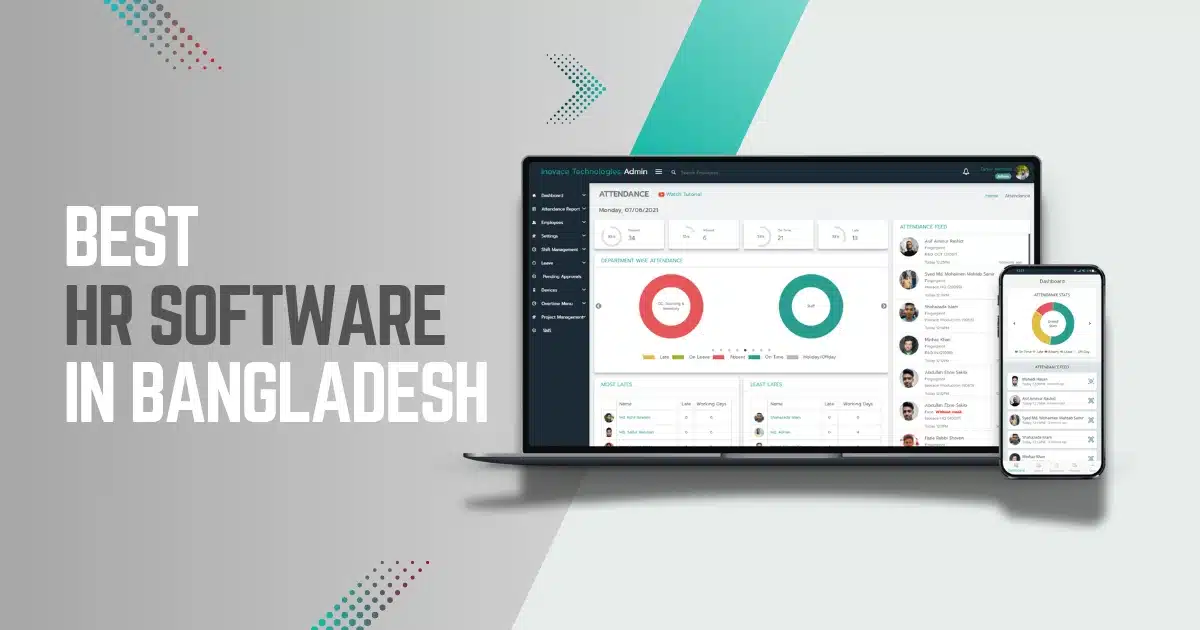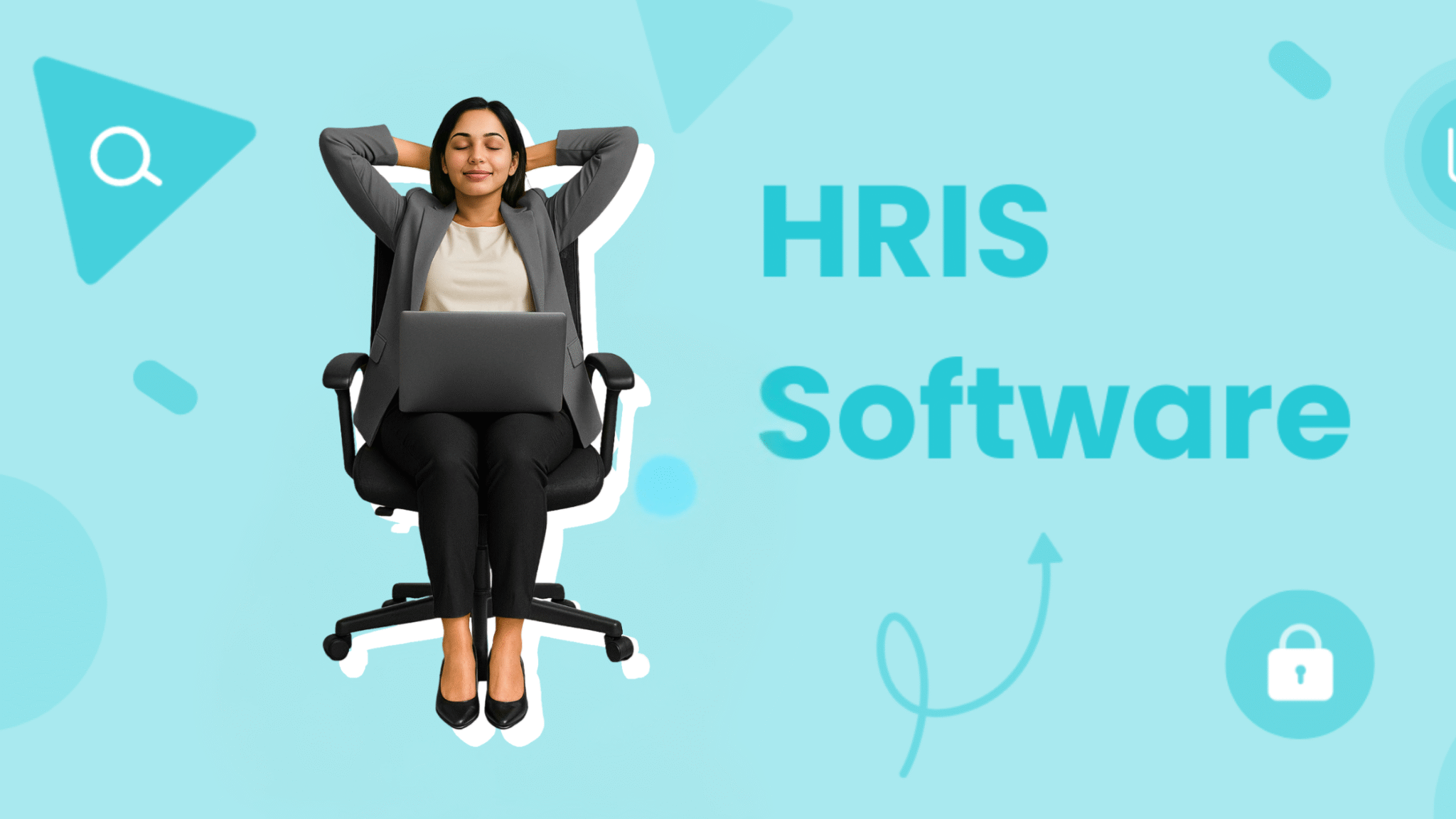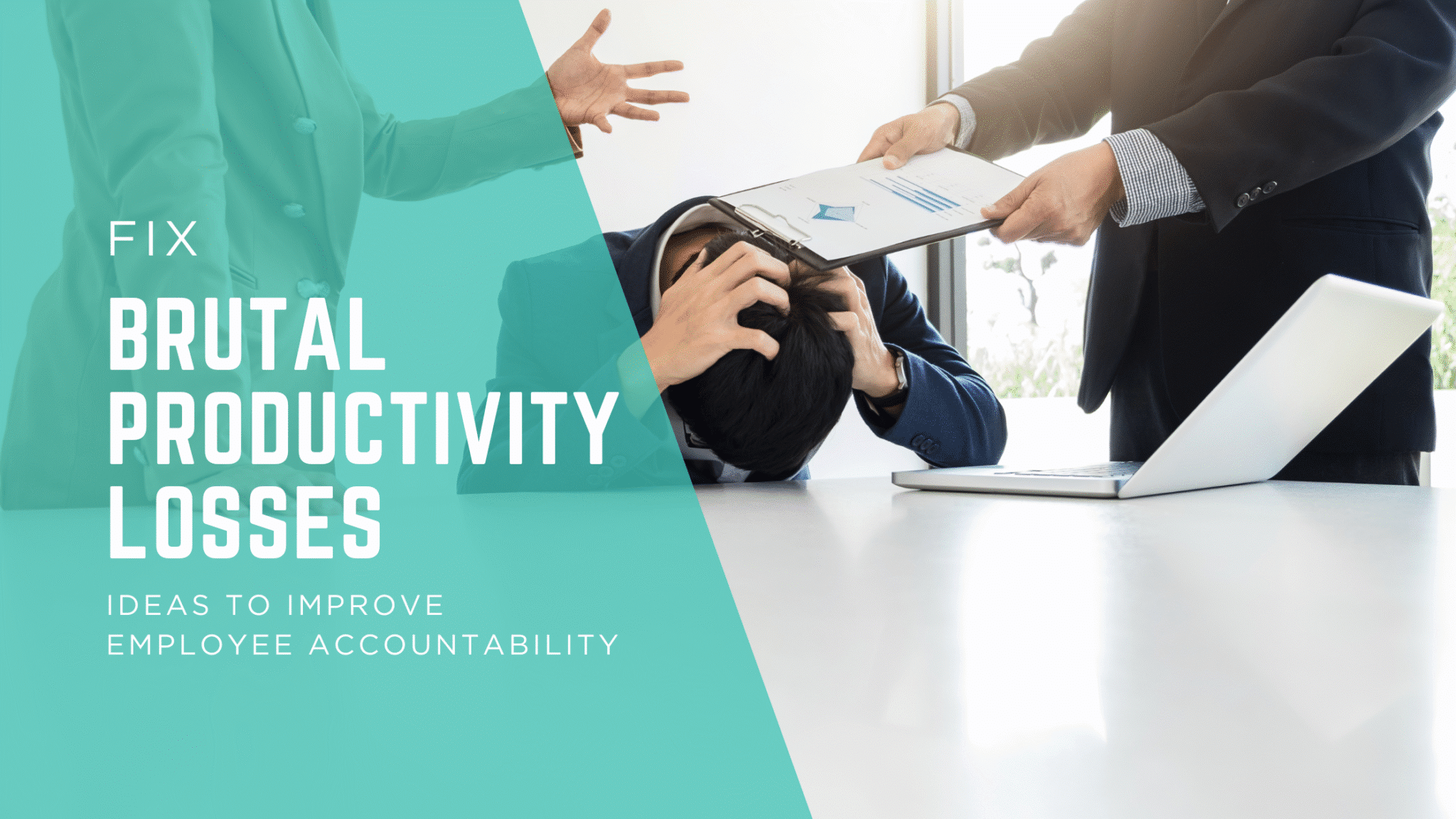Integrating cloud HR with legacy ERP systems can be challenging. It requires careful planning and execution.
This combination aims to streamline processes and improve efficiency. Today, many companies use cloud HR solutions. These solutions offer flexibility and real-time data. But, many businesses still rely on their old ERP systems. The integration of these two can seem daunting.
Yet, it holds significant benefits. With the right approach, you can create a seamless system. This integration can enhance productivity and ensure better data accuracy. In this blog, we will explore best practices for integrating cloud HR with legacy ERP. These tips will help you navigate the complexities and achieve a smooth transition. Let’s dive in and simplify this important process for your business.
Introduction To Cloud Hr And Legacy Erp
Integrating
systems with Legacy ERP solutions can seem challenging. But understanding both systems’ basics can ease the process. The combination offers improved efficiency and streamlined operations. Let’s explore these two concepts in detail.
Defining Cloud Hr
Cloud HR refers to Human Resource management systems hosted on the cloud. These systems offer flexibility and remote access. They help manage employee data, payroll, and benefits. Cloud HR systems also offer real-time updates and analytics. This improves decision-making and enhances employee experience.
Understanding Legacy Erp
Legacy ERP systems are traditional enterprise resource planning solutions. They often run on older hardware and software. These systems manage core business processes like finance, supply chain, and inventory. Legacy ERPs are reliable but can lack flexibility. Modernizing them can be costly and complex. Integrating them with Cloud HR systems can bridge these gaps.
Benefits Of Integrating Cloud Hr With Legacy Erp
Integrating cloud HR with legacy ERP systems offers many benefits. Modern HR solutions in the cloud streamline processes. These integrations improve efficiency and data accuracy.
Improved Efficiency
Cloud HR systems automate many HR tasks. This saves time and reduces manual work. Employees spend less time on repetitive tasks. They can focus on more strategic activities. Legacy ERP systems alone can’t offer this level of automation. Integrating both systems leads to smoother operations. Workflows become faster and more efficient.
Enhanced Data Accuracy
Data accuracy improves with integration. Manual data entry often leads to errors. Automated data transfer reduces mistakes. All HR data stays consistent across systems. This ensures reliable information for decision-making. Integrated systems also provide real-time updates. Accessing accurate data becomes easier for everyone involved.
Challenges Of Integration
Integrating cloud HR with a legacy ERP system presents several challenges. These challenges need to be addressed for a smooth transition and efficient operation. Understanding these issues helps businesses plan better and avoid common pitfalls.
Compatibility Issues
One of the main challenges is compatibility. Legacy ERP systems are often built on outdated technologies. They may not support modern cloud-based HR solutions. This mismatch can lead to data synchronization problems.
Ensuring both systems work together requires significant effort. Businesses might need to invest in custom development. This can be costly and time-consuming. Choosing compatible systems from the start can save a lot of trouble.
Data Security Concerns
Another significant challenge is data security. Integrating cloud HR with a legacy ERP system involves sharing sensitive information across platforms. This increases the risk of data breaches.
Companies need to implement robust security measures. This includes encryption, access control, and regular security audits. Ensuring compliance with data protection regulations is also crucial.
| Security Measure | Description |
|---|---|
| Encryption | Protects data by converting it into a secure format. |
| Access Control | Limits data access to authorized users only. |
| Security Audits | Regularly checks systems for vulnerabilities and compliance. |
Preparing For Integration
Preparing for integrating cloud HR with legacy ERP systems is crucial. It ensures a smooth transition and optimal performance. A well-planned integration minimizes disruptions and maximizes efficiency. Here are some best practices to consider.
Assessing Current Systems
Begin by evaluating the current systems in place. Understand their strengths and weaknesses. Identify any potential challenges that might arise. This step helps in making informed decisions. It also provides a clear picture of what needs improvement.
Take note of any outdated processes or software. This will help in determining what needs to be updated. Ensure that all stakeholders are aware of the current state of the systems. Their input can be valuable in the assessment process.
Setting Clear Objectives
Define clear objectives for the integration process. These objectives should align with the overall business goals. Clearly stated goals provide direction and focus. They also help in measuring the success of the integration.
Consider factors like improved efficiency, cost reduction, and better data management. Setting specific, measurable goals is essential. It ensures that everyone involved knows what is expected. This clarity will guide the project to successful completion.
Choosing The Right Integration Tools
Choosing the right integration tools is crucial for a smooth transition. Your cloud HR system must work with your legacy ERP. The right tools can bridge the gap and ensure data flows seamlessly.
Api Solutions
API solutions offer a direct way to connect systems. They allow for real-time data exchange. Application Programming Interfaces (APIs) are versatile and support various platforms. They can be customized to fit specific needs.
APIs reduce manual data entry. This minimizes errors and saves time. They are scalable. So, as your business grows, your integration can too.
Here are some benefits of using APIs:
- Real-time data synchronization
- Customizable integration
- Reduced manual effort
- Scalability
Middleware Options
Middleware acts as a bridge between your cloud HR and legacy ERP. It handles data translation and routing. Middleware solutions are robust and can manage complex integrations.
They offer pre-built connectors for common systems. This speeds up the integration process. Middleware also provides monitoring tools. These tools help in tracking data flow and fixing issues quickly.
Consider these middleware advantages:
- Pre-built connectors
- Comprehensive monitoring tools
- Efficient data routing
- Simplified troubleshooting
Choosing the right integration tools ensures your cloud HR and legacy ERP work together. With API solutions and middleware options, you can achieve seamless data flow and efficient operations.
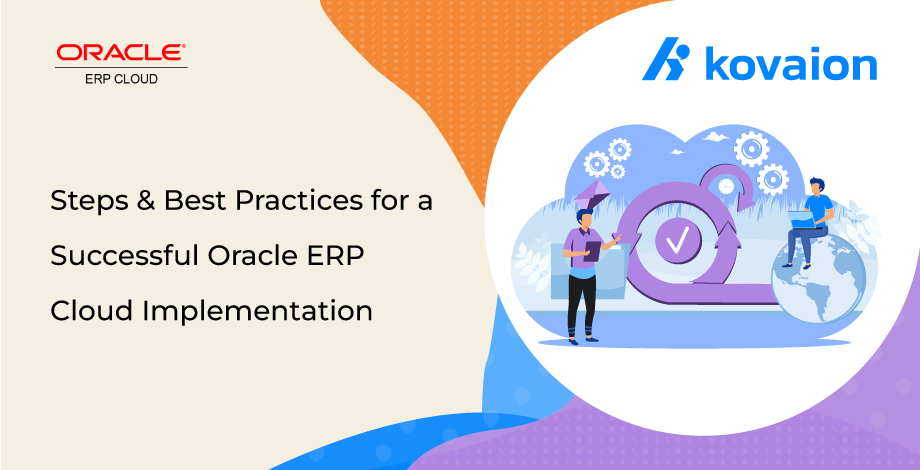
Credit: www.kovaion.com
Data Migration Strategies
Integrating cloud HR systems with legacy ERP solutions can be challenging. One of the most critical aspects is data migration. Proper strategies ensure a smooth transition. This section will focus on two key areas: Ensuring Data Integrity and Testing Data Migration.
Ensuring Data Integrity
Maintaining data integrity during migration is crucial. Data integrity ensures that information remains accurate and consistent. Here are some best practices:
- Data Mapping: Identify the data fields in both systems. Ensure they match.
- Data Cleansing: Remove duplicate or obsolete data. This improves accuracy.
- Data Validation: Validate data before and after migration. This step prevents errors.
Data integrity is the foundation of successful migration. Without it, other efforts may fail.
Testing Data Migration
Testing data migration is essential. It ensures the process is working correctly. Consider these steps:
- Initial Testing: Start with a small dataset. This helps to identify issues early.
- Full-scale Testing: Use the entire dataset. Ensure everything transfers correctly.
- Mock Runs: Conduct mock migrations. This simulates the actual process.
Testing helps to identify and fix problems. It ensures a smooth and successful migration.
Training And Change Management
Integrating cloud HR systems with legacy ERP systems can be complex. Training and change management are crucial for a smooth transition. Proper training ensures your team can use new systems efficiently. Effective change management minimizes disruptions and resistance.
Employee Training Programs
Employee training programs are essential for successful integration. Start by identifying the specific needs of different user groups. Create customized training sessions for each group. This ensures everyone gets the right information.
Use a mix of training methods to cater to different learning styles. Offer workshops, online courses, and one-on-one sessions. Provide easy-to-follow manuals and video tutorials for reference. Ensure that training materials are clear and concise.
Regularly assess the effectiveness of your training programs. Gather feedback from employees and make improvements as needed. This helps keep training relevant and effective.
Managing Resistance To Change
Resistance to change is a common challenge. Address it by involving employees early in the process. Communicate the benefits of the new system clearly. Help them understand how it will improve their work.
Create a change management team to support employees. This team should include representatives from different departments. They can provide insights and help address concerns.
Offer continuous support throughout the transition. Provide a helpdesk or dedicated support team to assist with issues. Regularly update employees on the progress of the integration. Celebrate milestones to keep morale high.
By focusing on training and change management, you can ensure a smooth integration. This will lead to better adoption and more efficient use of your new system.
Monitoring And Continuous Improvement
Monitoring and continuous improvement play a crucial role in integrating cloud HR with legacy ERP systems. Ensuring both systems work seamlessly together requires ongoing attention and refinement. This section focuses on the best practices for maintaining optimal performance and adapting to future changes.
Regular Performance Audits
Conducting regular performance audits helps identify any issues early. These audits should include checking data synchronization between the cloud HR and legacy ERP systems. Look for any discrepancies or delays in data updates. Regular audits help ensure that both systems are operating efficiently and effectively.
During performance audits, review system logs for any errors or anomalies. Address these issues promptly to prevent larger problems. Regular audits also provide insights into system performance trends. These insights help in making informed decisions about necessary improvements.
Adapting To Future Needs
Technology and business needs are constantly evolving. It’s crucial to adapt your integration strategy to meet these changes. Regularly assess whether your current integration setup meets your business requirements. If not, consider upgrading or modifying your systems.
Stay informed about updates to both your cloud HR and legacy ERP systems. Implement these updates to take advantage of new features and improvements. Keeping your systems up-to-date ensures they can handle future demands effectively.
Encourage feedback from users to identify areas for improvement. User feedback is valuable in understanding how the integration performs in real-world scenarios. Use this feedback to make continuous improvements to your integration strategy.
Expert Tips For Successful Integration
Integrating cloud HR with legacy ERP systems can be complex. Following expert tips can ensure a smooth transition. This section delves into essential strategies for seamless integration.
Collaborate With Stakeholders
Engaging all stakeholders is crucial for successful integration. This includes HR, IT, and finance teams. Each team brings unique insights and requirements. Collaborate early in the process. Set clear expectations and goals. Regular meetings help keep everyone on the same page.
Stakeholders can identify potential challenges. They can also suggest solutions. Continuous collaboration fosters a sense of ownership. This can lead to a smoother integration.
Leverage Vendor Support
Utilize the support provided by your vendors. Many vendors offer integration services. These services can save time and reduce errors. Contact your vendors early. Discuss your specific needs and concerns. They can provide tailored solutions.
Some vendors offer training sessions. These sessions can help your team understand the integration process. They also provide ongoing support. This ensures any issues are quickly resolved.
| Tip | Benefit |
|---|---|
| Engage Stakeholders | Ensures all requirements are met |
| Use Vendor Support | Reduces integration errors |
Following these expert tips can streamline the integration process. Collaborate with your team and leverage vendor support. This will ensure a successful transition to cloud HR.
Case Studies Of Successful Integration
Integrating Cloud HR with Legacy ERP systems can be a challenging task. Yet, many companies have successfully navigated this process. Here, we present two case studies that highlight best practices and strategies that led to successful integration.
Company A Case Study
Company A faced challenges in integrating their Cloud HR system with their existing ERP software. They needed a seamless integration to streamline their HR processes.
To achieve this, Company A followed these steps:
- Assessment: Evaluated current ERP capabilities and integration needs.
- Planning: Developed a detailed integration plan with clear milestones.
- Customization: Customized the Cloud HR system to fit the existing ERP framework.
- Testing: Conducted rigorous testing to ensure data accuracy and system compatibility.
- Training: Provided training sessions for HR and IT staff to ensure smooth transition.
Results:
| Before Integration | After Integration |
|---|---|
| Manual HR processes | Automated workflows |
| Data inconsistencies | Accurate data syncing |
| Slow response times | Improved efficiency |
Company B Case Study
Company B aimed to integrate their Cloud HR platform with their Legacy ERP to enhance their HR functionalities.
They implemented the following approach:
- Requirement Analysis: Identified key integration requirements and potential challenges.
- Vendor Collaboration: Worked closely with both Cloud HR and ERP vendors for seamless integration.
- Data Mapping: Mapped HR data fields to corresponding ERP fields to ensure data consistency.
- Pilot Testing: Conducted a pilot test to identify and resolve integration issues.
- Full Deployment: Rolled out the integration across all departments after successful testing.
Benefits:
- Enhanced Data Accuracy: Reduced errors and improved decision-making.
- Increased Productivity: Streamlined HR processes and reduced manual efforts.
- Better Reporting: Enhanced reporting capabilities with integrated data.
Frequently Asked Questions
What Are The Benefits Of Integrating Cloud Hr With Legacy Erp?
Integrating Cloud HR with Legacy ERP enhances data accuracy and accessibility. It streamlines HR processes, reduces manual tasks, and improves decision-making. Seamless integration also boosts operational efficiency and employee satisfaction.
How Do You Ensure Data Security During Integration?
To ensure data security, use encryption and secure APIs. Implement role-based access controls and regular audits. Following industry standards and compliance regulations is crucial.
What Challenges Might Arise During Integration?
Challenges include data migration issues, system compatibility, and user adoption. Address these by planning thoroughly, conducting tests, and providing training. Effective communication with stakeholders is also key.
How Can Integration Improve Hr Operations?
Integration centralizes HR data, automates workflows, and enhances reporting capabilities. It reduces errors and redundancy, leading to efficient and accurate HR operations.
Conclusion
Integrating cloud HR with legacy ERP boosts efficiency and streamlines operations. It offers seamless data flow and enhances decision-making. Companies can reduce manual errors and save time. The integration also improves employee satisfaction and productivity. Start with a clear plan and follow best practices.
Success lies in thoughtful execution and continuous monitoring. Embrace the change and enjoy the benefits. Effective integration makes business processes smooth and future-ready.

